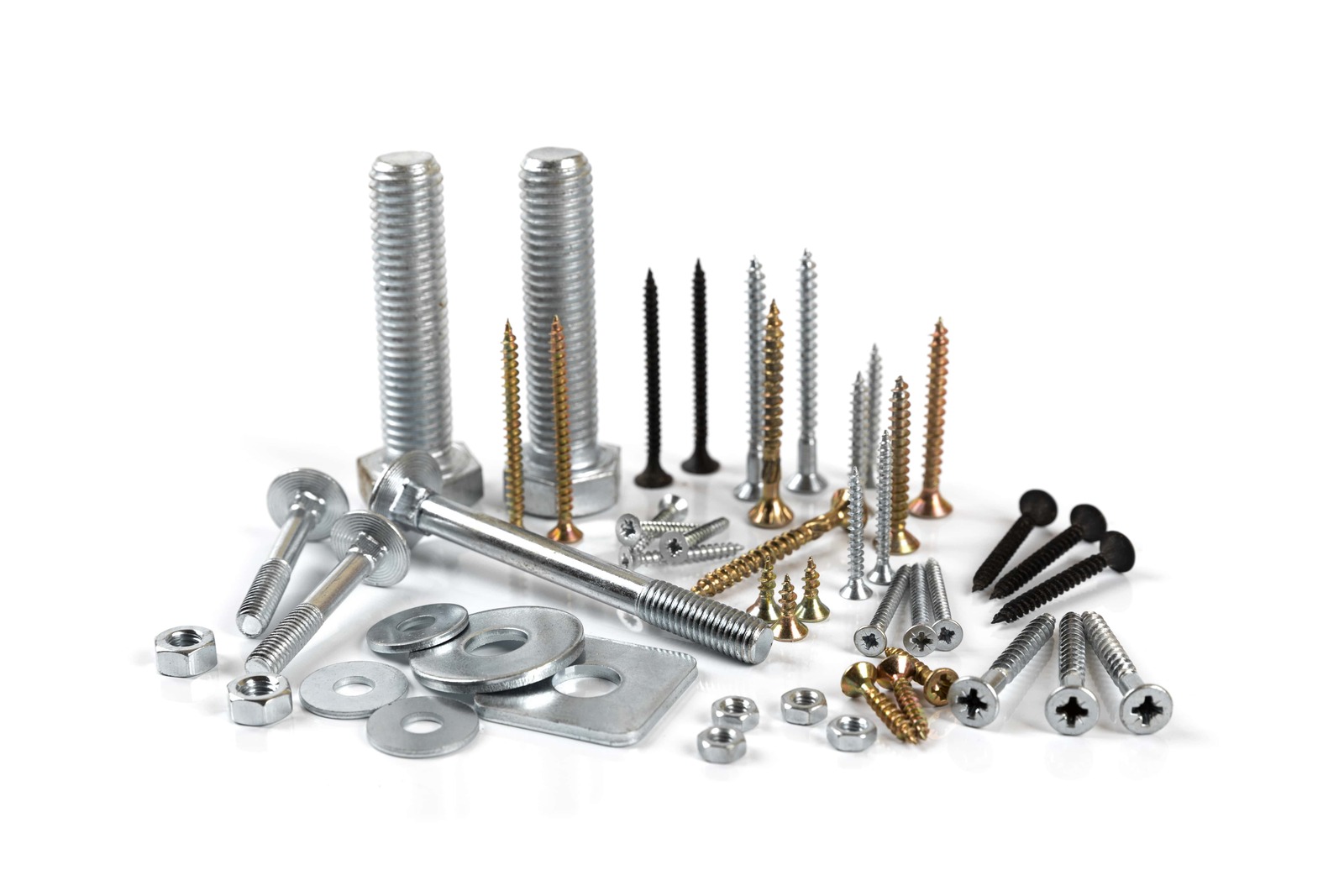
Determining the thread size of a nut or bolt is essential for selecting the appropriate fasteners and ensuring a secure and reliable connection. Thread size refers to the diameter and pitch of the threads on a nuts and bolt, which determines how they mate together. In this article, we’ll demystify the process of determining thread size, explore common methods and tools used for measurement, and provide practical tips for identifying thread size accurately.
Table of Contents
Understanding Thread Size:
Thread size consists of two primary measurements: diameter and pitch.
Diameter: The diameter refers to the distance across the widest part of the threads on a nut or bolt. For bolts, this is typically measured across the outside of the threads. For nuts, it is measured across the inside of the threads.
Pitch: The pitch refers to the distance between adjacent threads, measured in threads per inch (TPI) for inch-sized fasteners or millimeters (mm) for metric fasteners. It indicates the number of threads per unit of length along the bolt or nut.
Methods for Determining Thread Size:
Thread Gauge: A thread gauge is a precision tool designed specifically for measuring thread size. It consists of a set of calibrated metal blades with notches that correspond to specific thread sizes. To use a thread gauge, align the notches with the threads on the nut or bolt and identify the matching size.
Calipers: Calipers are versatile tools used for measuring dimensions accurately. To measure thread diameter with calipers, close the jaws around the outside of the threads for bolts or the inside of the threads for nuts. Use the measurement displayed on the caliper to determine the diameter.
Pitch Gauge: A pitch gauge is used to measure the pitch of threads on a nut or bolt. It consists of a series of metal blades with teeth that match the pitch of standard thread sizes. To use a pitch gauge, align the blades with the threads and identify the one that fits snugly without gaps.
Thread Count Method: For inch-sized fasteners, you can determine the thread size by counting the number of threads per inch. Use a ruler or thread pitch gauge to measure the distance between adjacent threads and divide it by the total length to calculate the TPI.

Practical Tips for Identifying Thread Size:
Use a Thread Identification Chart: Refer to a thread identification chart or table that lists standard thread sizes and their corresponding diameters and pitches. These charts are readily available online or in hardware stores and can serve as a quick reference guide.
Check Manufacturer Specifications: If the nut or bolt is part of a specific product or assembly, check the manufacturer’s specifications or documentation for information on thread size and other relevant details.
Compare to Known Samples: If you have known samples of nuts or bolts with identified thread sizes, compare them visually or with measuring tools to determine the size of the unknown fastener.
Consult a Professional: If you’re unsure about the thread size or encounter unusual or non-standard fasteners, consider consulting a professional or expert in fastener identification for assistance.
Conclusion:
Determining the thread size of a nut or bolt is a crucial step in selecting the appropriate fasteners for a wide range of applications. By understanding the concepts of diameter and pitch and using appropriate measuring tools and methods, you can accurately identify thread size and ensure compatibility between mating fasteners. Whether using thread gauges, calipers, or pitch gauges, the key is to take precise measurements and refer to reference charts or specifications to confirm the size. With practice and attention to detail, you can confidently determine thread size and choose the right fasteners for your projects.


